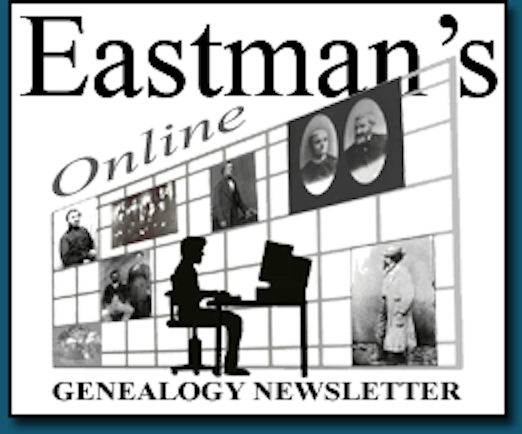The Georgia Bureau of Investigation has identified human remains found in a dumpster in Jenkins County on February 14, 1988, as Chong Un Kim, of Hinesville, Liberty County, Georgia. Kim was 26 years old when she was found.
Chong Un Kim came to the United States from Korea in 1981 and lived in Hinesville, Georgia for years before her death in 1988.
On the afternoon of Sunday, February 14, 1988, the GBI received a request from the Jenkins County Sheriff’s Office to assist with a death investigation. The victim, wrapped with plastic and duct tape, was found inside a large, nylon suitcase that had been placed in a dumpster just north of Millen, GA in Jenkins County. The victim had been dead for about four to seven days. The cause of death was asphyxiation.
Throughout the investigation, fingerprints and dental records from the victim were compared to other missing persons from around the country. A GBI forensic artist created a sketch of what the person may have looked like which was disseminated to the public. The National Missing and Unidentified Persons System (NAMUS) opened a case. The National Center for Missing and Exploited Children (NCMEC) also created and disseminated a computer-generated sketch. As DNA technology advanced over the years, police resubmitted evidence to the GBI Crime Lab for additional testing. Analysts found DNA on the items submitted, but the profiles obtained were not eligible for entry into the CODIS DNA Database.
In 2023, the GBI began working with Othram, a company that uses advanced DNA testing to solve cases. Othram, Inc., based in The Woodlands, Texas, is a leader in using Forensic-Grade Genome Sequencing to develop comprehensive genealogical profiles. The GBI sent forensic evidence to Othram, Inc. Based on the DNA, a genealogical search produced investigative leads that led to Kim’s identification. The GBI notified Kim’s family in October 2023 about the identification.
“Project Justice” funded the DNA testing.
The GBI is asking anyone who may have known Chong Un Kim, or has any information about this case, to contact the GBI at 912-871-1121. Anonymous tips can also be submitted by calling 1-800-597-TIPS (8477), online at https://gbi.georgia.gov/submit-tips-online, or by downloading the See Something, Send Something mobile app.
 Latest News Articles
Latest News Articles Do you have an RSS newsreader? You may prefer to use this newsletter's RSS feed at:
Do you have an RSS newsreader? You may prefer to use this newsletter's RSS feed at: